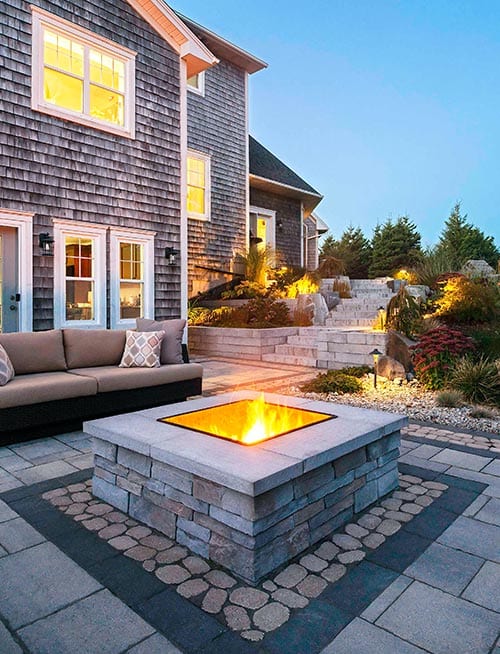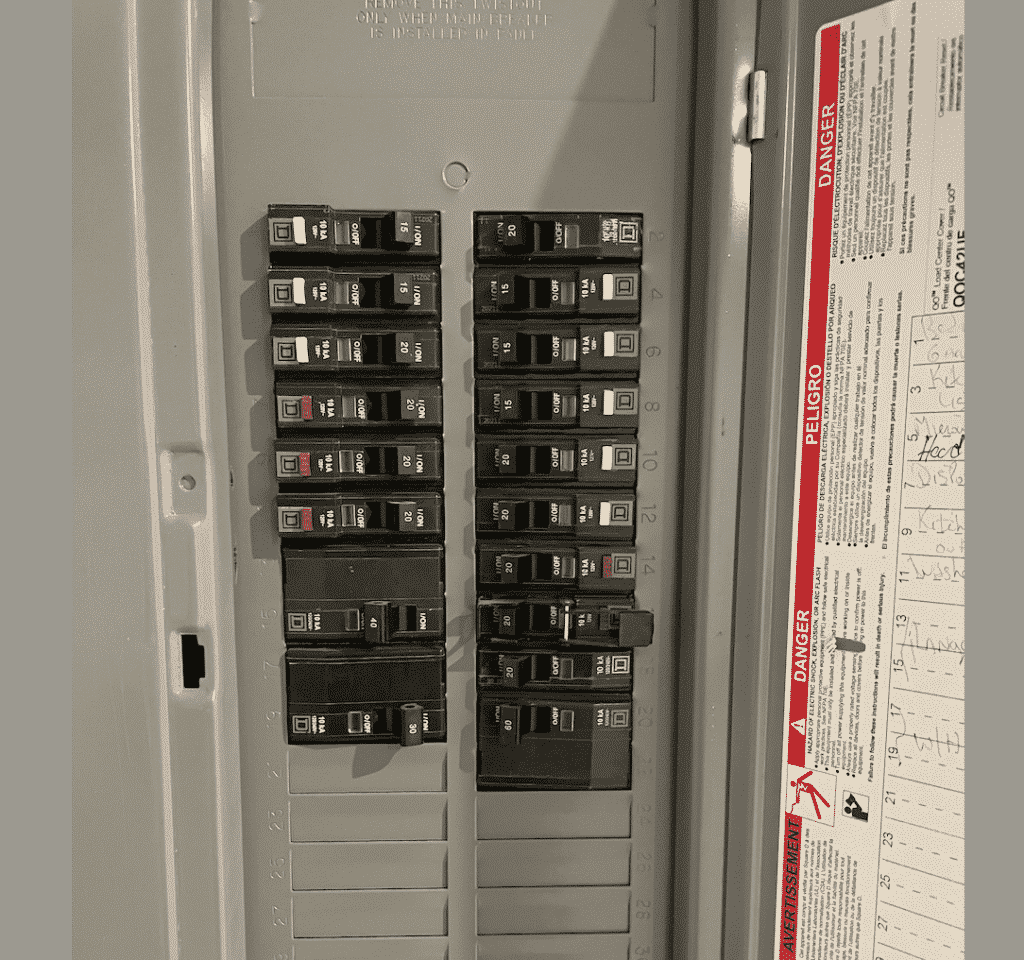
The rich green of summer is waning and the warm hues of autumn are taking its place. Yellows, oranges, and reds are filling the outdoor environment with temporary warmth. Sooner than you think, however, Jack Frost will come nipping at your nose, and he may get to your landscape lighting systems too.
Minnesotans are accumstomed to rain, snow, and cold. Truth is we embrace the changing of seasons. If your landscape lighting system wasn’t properly planned, installed, and maintained, it may not be prepared for its Minnesota environment.
That’s alright because the purpose of this article is to help you learn more about the four top troubleshooting practices that will get you back to enjoying your illuminated outdoor environment. Periodic lighting system repairs due to seasonal conditions will eventually become necessary, typically in cable connections, light fixtures and lamps, and power supplies.
Let’s take them one by one.
#1. Problems Arising From Design
When you first embarked on creating a landscape oasis on your property, you surely went through a design phase, where you planned out your hardscape features and what lighting would best showcase them. All of this information was compiled into a master plan, which was referenced as the project moved forward. Upon completion, you rolled that master plan up and tucked it away. It’s time to dig out that master plan and double-check it for inherent design flaws, as that could be the culprit for your current landscape lighting woes.
Step one is to make sure your system complies with local codes and regulations. The meeting of such standards should have been noted on the master plan. Each city will have its own lighting guidelines to which homeowners must adhere. Most require you to consider light shield and intensity when it comes to the lighting’s impact on neighboring houses, which becomes all the more prominent in the dark of winter.
Such information can typically be found on your city government website. Cross-reference it with your master plan and double-check that you are in compliance. You don’t want a surprise Christmas present this season in the form of a code violation.
Step two is to inspect the master plan for cable length information. If it’s clear from the plan that longer cables were used, you may start experiencing light flickering on your property as the fall and winter seasons begin. This is due to a voltage drop, which is when there is a discrepancy between the amount of voltage at the start and end of a cable. As a cable length increases, its ability to keep a consistent stream of power decreases.
Before it becomes too blustery outside, consider having a landscape lighting professional break longer cable runs into smaller segments to reduce voltage-drop issues.
All eyes were on the master plan during the roll-out of your landscape vision; you may need to put them on it again if you are currently experiencing issues with your landscape lighting.
#2. Problems Arising From Connections
Autumn rain has started falling and it can greatly test your landscape lighting’s functionality. What could be the problem? We recommend checking your wire cable connections. Wire connections are often to blame for faulty lighting systems and moisture is the culprit. If moisture becomes trapped in an insulated wire (which can happen because all cables occasionally sustain mechanical, chemical, or animal damage), it will start to destroy the connections and electrical current in your wiring. The consequence of this destruction is inconsistent lighting and performance.
If your lights are flickering or shutting off periodically, an experienced lighting technician may be able to help. He or she will check cable connections to make sure they are properly sealed and protected from the elements. The technician may reinforce these connections with heat-shrink, water-tight tubing, and connectors. A recommendation may also be given to replace cables altogether if the moisture damage is beyond repair.
As this holiday season turns merry and bright, make sure your landscape lighting provides the right backdrop for holiday lighting by checking your cable connections.
#3. Problems Arising From Lights
You’ve checked your master plan and cable connections; everything appears to be on point. But, your lights are still malfunctioning and your frustration is mounting. The reason for your irritation could lie in the lights themselves.
Ask yourself these questions:
- Have I inspected my light fixtures for damage? If you haven’t, do so ASAP. It’s not an inexpensive fix, but a new fixture will often be warranteed for many years to come.
- Have I inspected my light bulbs? It’s important to replace and upgrade lamps and LEDs regularly to avoid burnout. Some professionals recommend replacing all lamps every few years to avoid any downtime.
- Have I adjusted my timer? This one is easy to fall through the cracks. In addition to freezing temperatures and punishing snows, winter brings with it shorter days. Be sure to adjust the timer settings to reflect that change. It’s important to check all times, regardless of whether they are sola, mechanical, or digital timersd.
Taking a moment to reflect on the status of your light fixtures, bulbs, and timers will ensure your property is well-lit at night and anyone who is traversing it is safely protected.
#4. Problems Arising From Transformers and Service Panels

A lighting transformer enables homeowners to convert common 120 volt household current of 120 volts to the common 12-15 volts use by most landscape lighting systems. This conversion reduces heat, which makes lighting fixtures last longer, and it also reduces the amount of money you spend lighting them.
Transformers will need regular maintenance check-ups to make sure that they are properly grounded and that their capacitors and resistors are functioning efficiently. Additionally, if you have added any additional light fixtures, it’s important to double-check that the intended load matches the transformer’s capabilities.
Without these fail-safes, transformer circuits can become overloaded, which will eventually cause a complete black-out of your lighting system.
Similar outcomes occur when the main panel circuits becomes overloaded. Fuses can melt or the circuit breakers are continually tripped, leaving you with inconsistent landscape lighting. Have this inspected by a professional. The solution is to add a sub-panel to supplement the main panel. This has the benefit of adding more capacity with appropriate breakers that play well with your landscape lighting system. This will enable you to control your landscape and holiday lighting systems more effectively.
Being in control of the beauty your lights offer is one of the distinct pleasures of owning a home. It’s important to protect that investment that supports your lifestyle.
Architectural Landscape Design: Protecting What’s Yours
Just because the seasons are changing doesn’t mean the functionality of your landscape lighting should. By troubleshooting problems as they occur, you ensure both the longevity of your lighting system and the perennial joy you get from it. At Architectural Landscape Design, we understand this better than anyone and are committed to helping you maintain the lighting system you envisioned. Contact us today for a free consultation; we are genuinely here to help.
